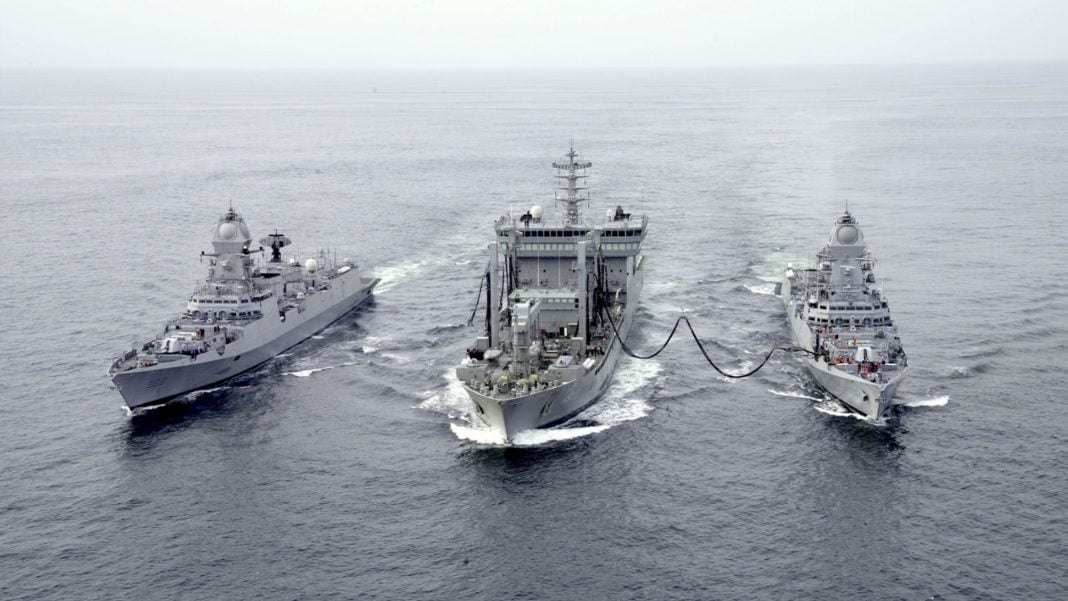In the wake of the deadly Pahalgam terror attack that killed 26 civilians in Jammu and Kashmir, the Indian Navy has projected a powerful message of deterrence and readiness, underscoring India’s commitment to respond firmly to acts of terror. Posting on its official X handle, the Navy declared: “Fuelling the Maritime Might – No mission too distant, No Sea too vast”, a statement reflecting its operational reach and strategic resolve.
The statement follows a string of strong retaliatory steps taken by the Indian government, including suspension of the Indus Waters Treaty, the sealing of the Attari-Wagah border, and the expulsion of Pakistani diplomats. The April 22 attack, carried out by The Resistance Front (TRF), a proxy outfit of Lashkar-e-Taiba, has once again brought Indo-Pak relations to a breaking point.
The Navy’s bold social media message was accompanied by hashtags like #FleetSupport and #AnytimeAnywhereAnyhow, emphasizing the force’s robust logistical capabilities and rapid deployment potential. As part of its heightened alert posture, the Navy has also ramped up operations in the Arabian Sea. Notably, the indigenous guided-missile destroyer INS Surat recently conducted a successful test of a medium-range surface-to-air missile with a 70 km range. In parallel, anti-ship drills featuring BrahMos and other advanced missile systems further showcased India’s precision strike capabilities at sea.
The aircraft carrier INS Vikrant, now fully combat-ready, adds a formidable dimension to India’s naval deterrence, symbolizing the Navy’s readiness to secure national interests across oceans.
Amid these developments, Prime Minister Narendra Modi chaired a high-level security meeting attended by Defence Minister Rajnath Singh, Chief of Defence Staff General Anil Chauhan, the three service chiefs, and National Security Advisor Ajit Doval. According to government sources, the Prime Minister expressed full confidence in the Indian Armed Forces and affirmed that they have complete operational freedom to determine the timing, method, and targets of India’s response.
The Pahalgam attack—one of the worst since the abrogation of Article 370 in 2019—claimed the lives of mostly tourists and left several others injured. While the government has not yet released official casualty figures, the impact of the attack has been deeply felt, with heightened security across Jammu and Kashmir and intensified counter-terror operations underway.
With its assertive messaging and elevated maritime posture, the Indian Navy’s response sends a clear signal: the nation stands prepared, resilient, and ready to act decisively against any threat to its sovereignty.





